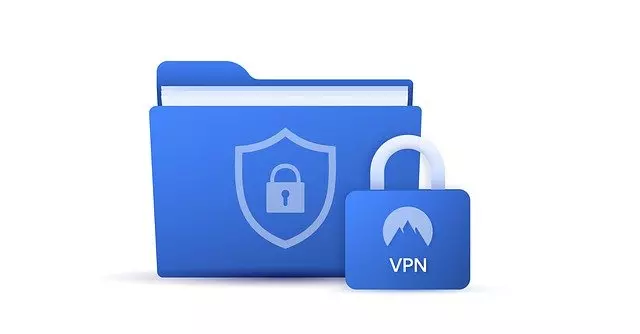Cybersecurity is the practice of protecting systems, networks, software, data, hardware, and programs of internet-connected systems from cyberattacks.
Cybersecurity refers to a set of techniques used to protect the integrity of an organization’s security architecture and safeguard its data against attack, damage or unauthorized access. Cybersecurity is a very broad category that encompasses numerous hardware and software technologies and can be applied on any level, including personal, corporate or governmental devices or networks.
Cybersecurity requires an understanding of potential information threats, such as viruses and other malicious code. Cybersecurity strategies include identity management, risk management, and incident management.
Cybersecurity is often confused with information security. Cybersecurity focuses on protecting computer systems from unauthorized access or being otherwise damaged or made inaccessible.
Cybersecurity awareness is at an all-time high. Many companies and countries understand that cyber threat is one of the most serious economic security challenges they face and that their economic prosperity depends on cybersecurity.
Types of Cybersecurity threats
- Malware is any file or program used to harm a computer user, such as worms, computer viruses, Trojan horses and spyware. malware breaches a network through a vulnerability, typically when a user clicks a dangerous link or email attachment that then installs risky software.
- Phishing is the practice of sending fraudulent communications that appear to come from a reputable source, usually through email. The goal is to steal sensitive data like credit card and login information or to install malware on the victim’s machine.
- Ransomware is a type of malicious software, or malware, designed to deny access to a computer system or data until a ransom is paid. Ransomware typically spreads through phishing emails or by unknowingly visiting an infected website.
- Social engineering is the psychological manipulation of people into performing actions or divulging confidential information.
- APTs (Advanced Persistent Threats) is a type of attack on integrity, are attacks where an unauthorized user infiltrates a network undetected and stays in the network for a long time. The intent of an APT is to steal data and not harm the network. APTs happen most often in sectors with high-value information, such as national defense, manufacturing, and the finance industry.
- Man-in-the-middle (MitM) attacks, also known as eavesdropping attacks, occur when attackers insert themselves into a two-party transaction. Once the attackers interrupt the traffic, they can filter and steal data.
Why Cybersecurity is Important
Cybersecurity is important because the world relies on technology more than ever before. As a result, digital data creation has surged. Today, businesses and governments, military, corporate, financial, and medical organizations collect, process, and store unprecedented amounts of data on computers and other devices and transmit it across networks to other computers.
Devices and their underlying systems have vulnerabilities that, when exploited, undermine the health and objectives of an organization. Cybersecurity is important because a significant portion of that data can be sensitive information, whether that be intellectual property, financial data, personal information, or other types of data for which unauthorized access or exposure could have negative consequences.
The loss of critical data, such as source files or intellectual property, can cost a company its competitive advantage. Going further, Cybersecurity is important because a data breach can impact corporate revenues due to non-compliance with data protection regulations. It’s estimated that, on average, a data breach costs an affected organization $3.6 million.
Elements of cybersecurity
Ensuring cybersecurity requires the coordination of efforts throughout an information system, which includes:
- Network security
- Application security
- Information security
- Endpoint security
- Data security
- Identity management
- Database and infrastructure security
- Cloud security
- Mobile security
- Disaster recovery/business continuity planning
- End-user education
Benefits of managing cybersecurity?
- Protect networks and data from unauthorized access.
- Improved information security and business continuity management.
- Improved stakeholder confidence in your information security arrangements.
- Improved company credentials with the correct security controls in place.
- Faster recovery times in the event of a breach.
- Protection for data and networks.
- Prevention of unauthorized users.
- Improves recovery time after a breach.
- Protection for end-users.
How to Prevent Cybersecurity threats
- Regularly backing up the data
- Understanding the evolving risk
- Developing a security policy Prevent
- Changing passwords frequently
- Avoiding disclosing sensitive information over the phone
- Ensure your data is your own and is not manipulated
- Online offers that look unbelievable are threats to cybersecurity.
- Survey your bank and financial records frequently
- Look into identity protection services at Credi
- Encrypting data and securing hardware.
- Having an incident response plan and practicing it
- Effect of government action on threats to cybersecurity.









2 Comments
IFDA has emerged as most encouraging favorable institute in Delhi which is an ISO certified computer training institute This is the best IT training institute and has started in the year of 2014 We provide various govt and non govt IT courses to all the desired students IFDA has a treasure full of job oriented courses such as software, hardware, multimedia and spoken English
This Blog is very informative. Please share more useful information like this….